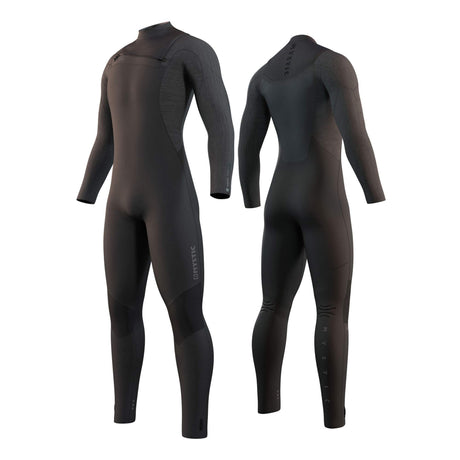Raising the kitesurf kite is a crucial part to start your kitesurfing session safely and effectively.
Steps to raise the Kitesurf comment
Here are some basic steps you can follow:
-
Preparation of the equipment: Make sure your kite is fully deployed on the beach, with the lines well organized and untangled. Also, ensure that the safety system is properly connected and functioning.
-
Initial position: Place yourself on the sand with the kite behind you and the lines extending forward. Keep the kite in a clock position (if you are regular, to your left side; if you are goofy, to your right side).
-
Correct grip: Hold the control bar with both hands, keeping an appropriate distance between them according to the size of the kite and your personal preferences. Make sure the safety system is activated.
-
Lift the kite: With a smooth but firm motion, lift the kite towards the edge of the wind window. This means raising it at an angle of approximately 45 degrees to the ground. Do not pull sharply on the bar; rather, make a gradual movement to prevent the kite from rising too quickly and losing control.
-
Kite control: Once the kite is in the air, maintain constant control over it by adjusting the position of the control bar as needed. Keep the proper tension on the lines to keep the kite stable in the air.
-
Body position: As you lift the kite, lean your body slightly backward to counteract the pulling force. Keep your legs bent and balanced to adapt to changes in wind strength and maintain control.
-
Reaction to gusts of wind: Be prepared to react to sudden gusts of wind by adjusting the position of the bar and the angle of the kite as needed. Stay calm and use your piloting skills to maintain control at all times.
Remember to always practice safety and follow the specific instructions of your instructor or the recommendations of your kitesurfing equipment manufacturer.
The sale of wind to lift the kitesurf kite
The "wind window" is a fundamental concept in kitesurfing and refers to the area in which the kite can fly and generate power. The wind window is divided into three main sections: the power zone, the neutral zone, and the edge zone.
To launch the kite, you typically want to position the kite in the edge zone of the wind window. This zone is located near the edge of the area where the wind is strongest and most consistent. By positioning the kite in this zone, you are maximizing the amount of wind the kite can catch, which will help you lift it off the ground.
When you lift the kite, you usually do it by moving it from the neutral zone to the edge of the wind window. Once the kite is at the edge zone, you can keep it there to generate power and start your kitesurfing session.
It is important to keep in mind that the wind window can vary depending on the direction and strength of the wind, as well as other factors such as the topography of the location where you are practicing kitesurfing. Therefore, it is crucial to familiarize yourself with the wind window at the place where you are sailing and adjust your technique accordingly.



